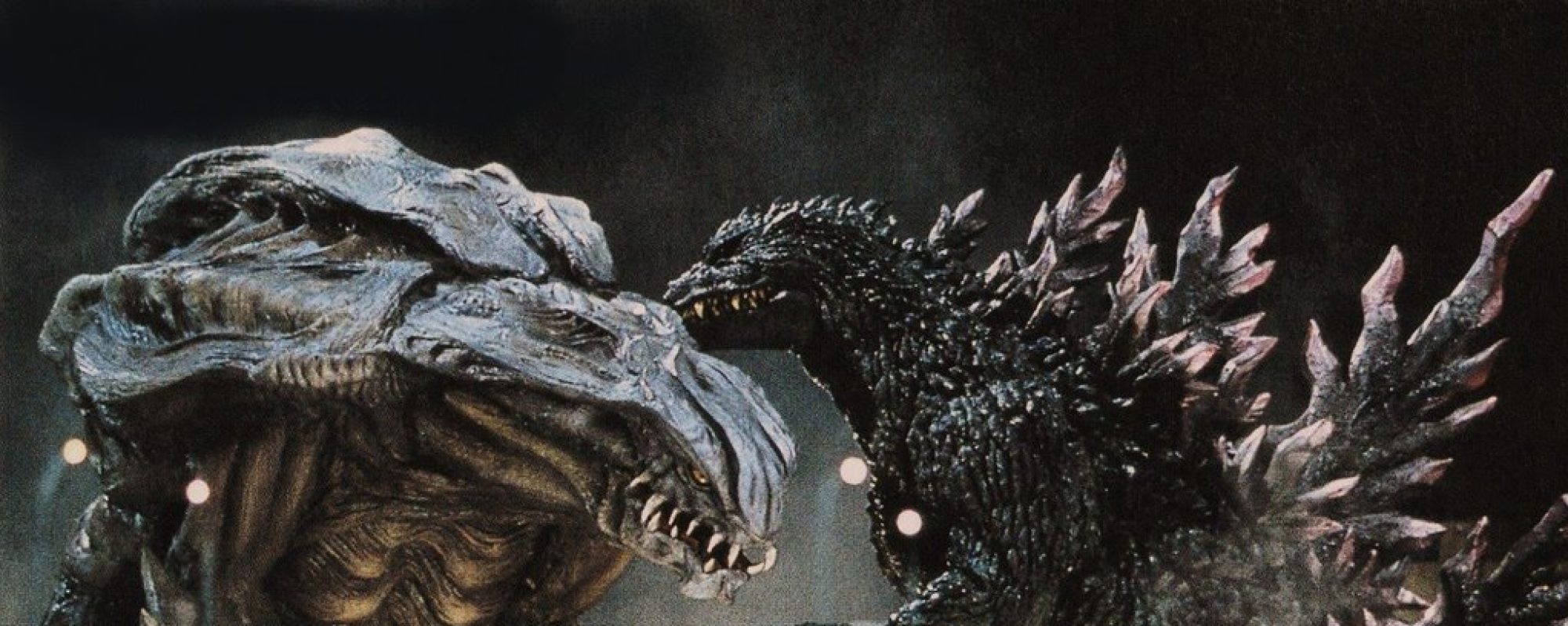Before I start reviewing the many Godzilla films (and also other non-Godzilla Kaiju movies) I’d like to examine the three major eras that these films are filed under. I’m not exactly sure when fans began to label the eras these films belong to, or even if Toho themselves originated this practice, but with 33 Godzilla films (and more on the way) it does seem like a necessity.
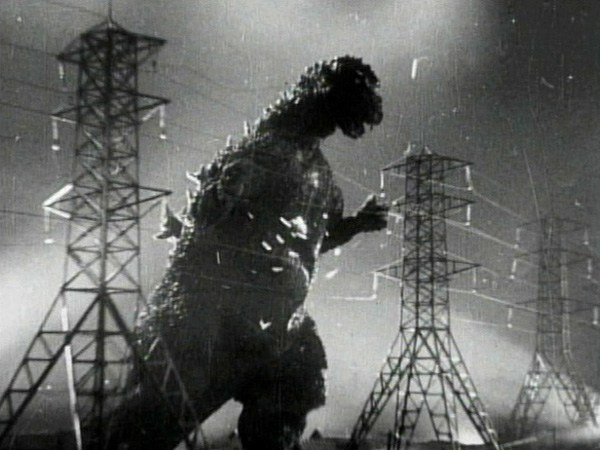
In Japan, where the vast overwhelming number of these films originated, these movies belong to the Showa Era (1954-1975), the Heisei Era (1984-1995) and the Millennium Era (1999-2004).
It sounds all smooth, neat and tidy doesn’t it?
It’s not.
Let me explain.
Naming an era in Japan coincides with how the reigns of the Japanese Emperors are named.
I’ll let Wikipedia explain: Traditionally, the Japanese considered it disrespectful to call any person by his given name, and more so for a person of noble rank. This convention is only slightly relaxed in the modern age and it is still inadvisable among friends to use the given name, use of the family name being the common form of address. In the case of the imperial family, it is considered extremely inappropriate to use the given name. Since Emperor Meiji, it has been customary to have one era per Emperor and to rename each Emperor after his death using the name of the era over which he presided. Before Emperor Meiji (1867-1912) the names of the eras were changed more frequently, and the posthumous names of the Emperors were chosen differently.
Outside Japan, the previous Emperor is usually called Hirohito in English, although he was never referred to as Hirohito in Japan, and was renamed Shōwa Tennō after his death, which is the only name that Japanese speakers currently use when referring to him.” The current Emperor, Akihito, is referred to as Heisei Tennō.
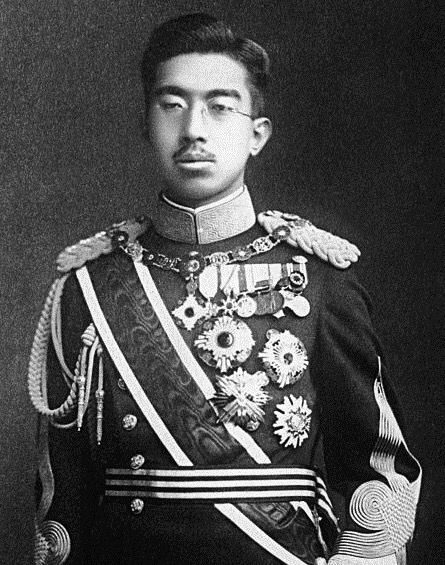
The Showa Emperor
The Showa Emperor reigned from 1926 until his death in 1989. Since then the Heisei Emperor has reigned and he is scheduled to abdicate on April 30th, 2019.
Therefore the Godzilla and other Toho Kaiju films released from 1954 until they stopped making them in 1975 are listed as Showa era movies. Films made after 1989, when the Heisei Emperor came to the throne, are listed as Heisei era movies.
The problem is that Toho stopped making Godzilla movies in 1975 and restarted in 1984 with “The Return of Godzilla” placing this movie technically in the Showa Era. However, as far as continuity is concerned, “Return of Godzilla” is not connected to any of the Showa Era films except for the 1954 original Godzilla film. “Return of Godzilla” started a new line of Godzilla films with its own continuity.
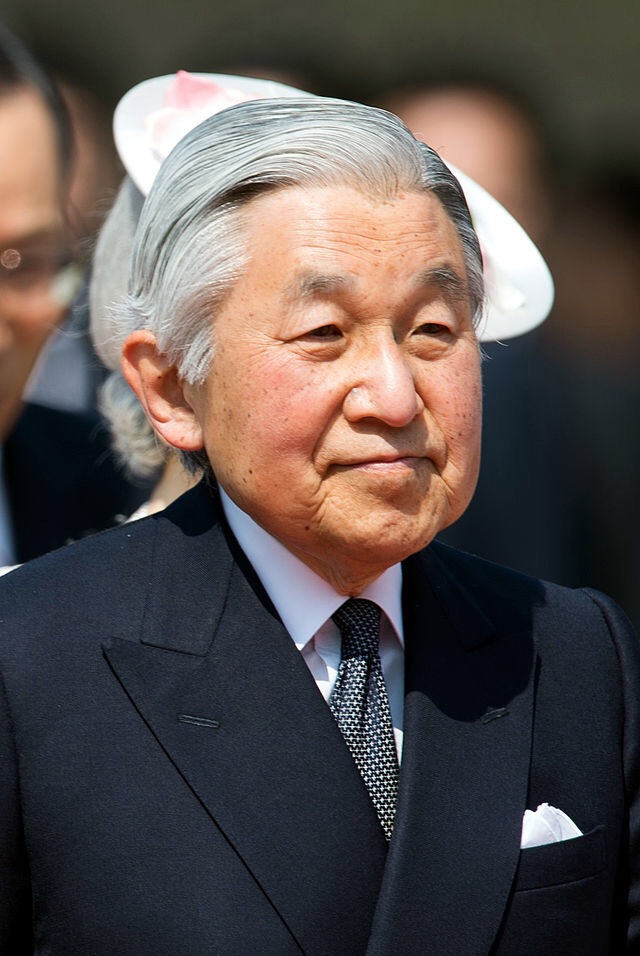 The Heisei Emperor
The Heisei Emperor
There was a gap of 5 years before the next Godzilla movie in this new series was released. That next movie was “Godzilla vs Biollante” and it was released in Japan on December 16, 1989. The Showa Emperor died in on January 7, 1989 so “Godzilla vs Biollante” is technically the first Heisei Era movie. However, since “The Return of Godzilla” begins a new continuity of Godzilla films it has been grafter onto, or grandfathered in, the Heisei Era despite being a Showa Era movie…technically.
The Showa Era of Godzilla movies lasted 21 years and encompassed 15 Godzilla films. The Heisei Era lasted until 1995 culminating in the film “Godzilla vs Destroyah” wherein Godzilla dies bringing the Heisei Era of movies to a close. After “Godzilla vs Destroyah” Toho stopped making Godzilla movies to allow Tri-Star to make the 1998 first American Godzilla movie. As you all know, that didn’t work out too well.

The very next year, 1999, Toho began producing Godzilla movies once again. The first movie was called “Godzilla 2000: Millennium.” Despite being released during the Heisei Era these movies began a new series of films called the Millennium Series. These movies were all one-off movies and not really connected too much to the movies of the two other eras. If they are connected to other eras it’s to the Showa Era, albeit loosely. They’re not connected to each other either, well, except for two movies. In 2004 with the 50th anniversary of Godzilla movies Toho released “Godzilla: Final Final Wars” and once again placed the Godzilla franchise on hiatus.
In 2014 we saw another attempt at an American produced Godzilla with the release of “Godzilla” from Legendary Studios and directed the Gareth Edwards. This kicked off the Monsterverse series of movies. In 2017 saw the release of “Kong: Skull Island” to positive reviews. In 2019 we’ll see “Godzilla, King of the Monsters” to be followed by “Godzilla vs King Kong” in 2020. The future of the Monsterverse is on shaky ground because Toho has announced it wants to begin making its own Monsterverse after the current contract with Legendary expires in 2020.
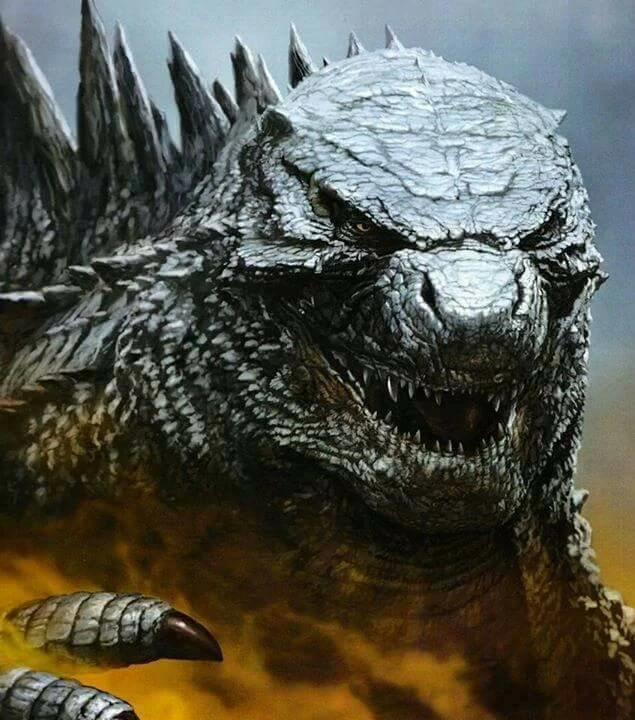
In 2016 Toho did produce a new Godzilla movie, “Shin Godzilla,” and this movie also had a limited run here in the states. However, despite its success here and in Japan, Toho recently announced “Shin Godzilla” will not have a sequel as Toho will concentrate on its own series of Godzilla films after the contract with Legendary Studios expires. This leaves “Shin Godzilla” as a one-off film that doesn’t belong to any era. Toho has also been producing an Anime Godzilla series in lieu of being able to make any live action films while Legendary Studios are making their films.
With the Heisei Emperor abdicating next year, Naruhito, Crown Prince of Japan, will become the new Emperor. I do not know the name of the era under which the new Emperor will reign. It remains to be seen if the new series of Godzilla movies will be named after him or something else?
Well, I’ve rambled long enough. If you’ve read this far without falling asleep I thank you. As you can see the history of the name of the Godzilla Eras is a little complex but still understandable. I have more to say about the continuity of the Showa Era of movies but I will leave that for the next blog entry.
